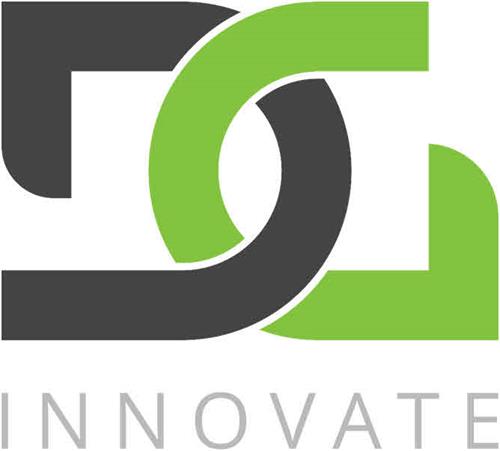The battery market is on the verge of a seismic shift. While lithium-ion technology remains dominant, sodium-ion batteries are rapidly emerging as a game-changer in stationary energy storage. With Europe at a pivotal moment in its clean energy transition, understanding the advantages of sodium-ion technology and its role in reshaping the market is crucial for investors looking ahead.
For years, lithium-ion batteries have been the cornerstone of energy storage solutions, but their reliance on scarce materials like lithium and cobalt presents supply chain risks and cost volatility. Sodium-ion batteries, leveraging widely available and inexpensive sodium, offer a compelling alternative. Recent breakthroughs in chemistry have significantly improved their energy density, cycle life, and overall safety. While they may not yet match lithium-ion batteries in energy-to-weight ratio, they excel in stationary applications where cost, longevity, and safety take priority.
Sodium-ion batteries are particularly well-suited for stationary energy storage systems (ESS). Unlike electric vehicles, where weight and energy density are critical, ESS applications prioritise affordability, stability, and durability. Sodium-ion technology offers several key advantages. It is cost-effective, relying on sodium and aluminium instead of lithium and copper, although large-scale production efficiencies are still developing. Safety is another major benefit, with lower risks of thermal runaway compared to lithium-ion batteries. Their longevity has shown promise in laboratory tests, and ongoing real-world trials will be essential in confirming their long-term viability. Furthermore, sodium-ion batteries demonstrate superior temperature tolerance, reducing the need for costly cooling infrastructure, which enhances their potential for deployment in diverse climates.
Transitioning from laboratory success to widespread commercial adoption requires overcoming hurdles such as scaling up manufacturing, refining supply chains, and integrating with existing energy systems. Europe has a unique opportunity to lead this transition. While China currently dominates sodium-ion battery production, Europe possesses the industrial expertise, infrastructure, and regulatory commitment to carve out a strong position in the global market. By investing in innovation and production capabilities, Europe can evolve from an early-stage innovator to a powerhouse in sodium-ion battery manufacturing and export.
One of Europe’s key competitive advantages lies in battery analytics and monitoring systems. Sophisticated data-driven solutions can enhance the performance, safety, and reliability of sodium-ion batteries in large-scale applications. By harnessing real-time diagnostics, Europe can optimise battery efficiency and mitigate degradation risks, ensuring these systems deliver maximum value.
Strategic policy support and investment incentives will be essential in accelerating the adoption of sodium-ion technology. With the right initiatives, Europe can position itself not just as a research leader but as a critical global supplier in the sodium-ion battery sector. The transition is already underway, and those who recognise its potential early stand to benefit the most.
DG Innovate plc is an advanced research and development company pioneering sustainable and environmentally considerate improvements to electric mobility and storage, using abundant materials and the best engineering and scientific practices. Deregallera is a subsidiary of DG Innovate.


